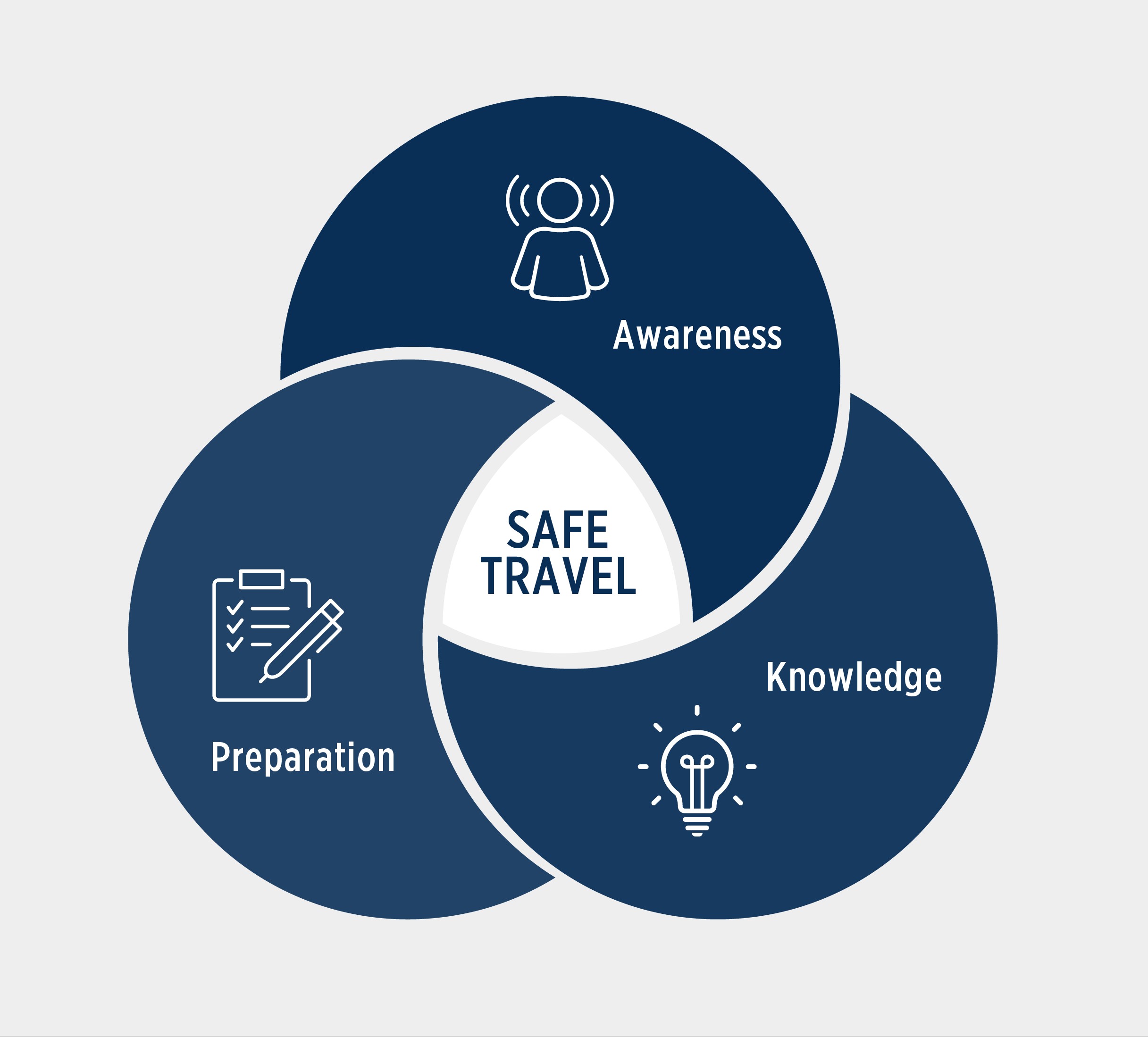The question, “Is It Safe To Travel In Europe Now?” is on many travelers’ minds. Amidst global events, understanding the current safety landscape is crucial. This guide provides an overview of potential risks and offers practical advice to ensure a safe and enjoyable trip.
 Map of Europe with highlighted areas of potential risk
Map of Europe with highlighted areas of potential risk
Understanding the Current Safety Landscape
Europe, while generally safe, presents varying levels of risk across different regions. Travelers should be aware of potential threats and take necessary precautions.
Socio-Political Unrest and Protests
The Israel-Palestine conflict has triggered widespread protests and sporadic violence across Europe. In October 2023, over 350 demonstrations occurred, some resulting in clashes with law enforcement. These events can disrupt travel and pose security risks, particularly near transportation hubs and symbolic locations.
- Impact: Travel delays, potential for confrontation, and increased security measures.
Rising Hate Crimes
Alongside protests, there’s been a concerning surge in hate crimes. London, for example, saw a dramatic increase in ethno-religiously motivated crimes against Jewish and Muslim individuals. Such incidents highlight the need for vigilance and awareness of one’s surroundings.
- Impact: Increased risk of targeted incidents, creating a climate of fear and unease.
Terrorism Threats
European cities remain attractive targets for terrorist groups and lone-wolf attackers. Soft targets, such as tourist attractions and public gatherings, are particularly vulnerable. Recent incidents, including attacks in France and Belgium, underscore the persistent threat.
- Impact: Heightened security measures, potential for attacks in crowded areas, and increased anxiety among travelers.
 Map of Europe with highlighted areas of potential risk
Map of Europe with highlighted areas of potential risk
Petty Crime and Scams
Beyond political and terror-related risks, petty crime remains a common concern for tourists. Pickpockets and scammers target visitors in popular areas, preying on their vulnerability and distraction.
- Impact: Loss of valuables, financial hardship, and disruption of travel plans.
Common scams include:
- The Petition Scam: Approaching tourists with a petition for a fake cause, while accomplices steal their belongings.
- Three Card Monty: A street game where scammers cheat bystanders out of their money.
- The Bracelet/Gift Scam: Forcing unwanted “gifts” on tourists and demanding payment.
Safe Travel Strategies for Europe
Despite the risks, traveling in Europe can be safe with proper preparation and awareness.
Stay Informed
Monitor news and travel advisories from reliable sources. Be aware of potential protests, security alerts, and health warnings in your destination.
Blend In
Avoid drawing attention to yourself by being loud or flashy. Dress modestly and be respectful of local customs.
Secure Your Belongings
Keep valuables hidden and be vigilant in crowded areas. Use anti-theft bags and wallets.
Be Aware of Your Surroundings
Pay attention to your surroundings and avoid walking alone at night, especially in unfamiliar areas.
Plan Ahead
Research your destinations and identify potential risks. Have a backup plan in case of emergencies or disruptions.
Trust Your Instincts
If something feels wrong, remove yourself from the situation.
Consider Travel Insurance
Comprehensive travel insurance can provide financial protection and assistance in case of unforeseen events.
Areas Requiring Increased Caution
Certain European cities and regions require extra vigilance.
Popular Cities
- London: Be cautious in Hackney and Southwark, known for higher crime rates.
- Paris: Avoid the 19th arrondissement at night and be aware of pickpockets near tourist attractions.
- Rome: Exercise caution around Termini station and the Trastevere area.
- Amsterdam: Be vigilant in the Red Light District and near Centraal station.
- Barcelona: Watch out for pickpockets along the beach and near major attractions.
Regions to Avoid
- Russia, Ukraine, and Belarus: Due to ongoing political tensions and security risks.
- Eastern Moldova and Southern Turkey: Exercise caution due to potential instability.
 Map of Europe with highlighted areas of potential risk
Map of Europe with highlighted areas of potential risk
Preparing for Your Trip
Mitigating risks requires careful preparation.
- Research: Understand the political situation, front-page news, and local customs of your destinations.
- Healthcare: Check your healthcare coverage and bring necessary medications in their original containers.
- Emergency Plan: Know where to go if your passport is lost or stolen. Keep critical phone numbers and addresses written down.
- Transportation: Have a backup plan for transportation in case of strikes or delays.
Conclusion
Traveling in Europe now requires awareness and preparation. By staying informed, taking precautions, and trusting your instincts, you can minimize risks and enjoy a safe and memorable trip. If you have concerns or require specific advice, consider consulting with travel security experts. Remember, a well-prepared traveler is a safer traveler.
